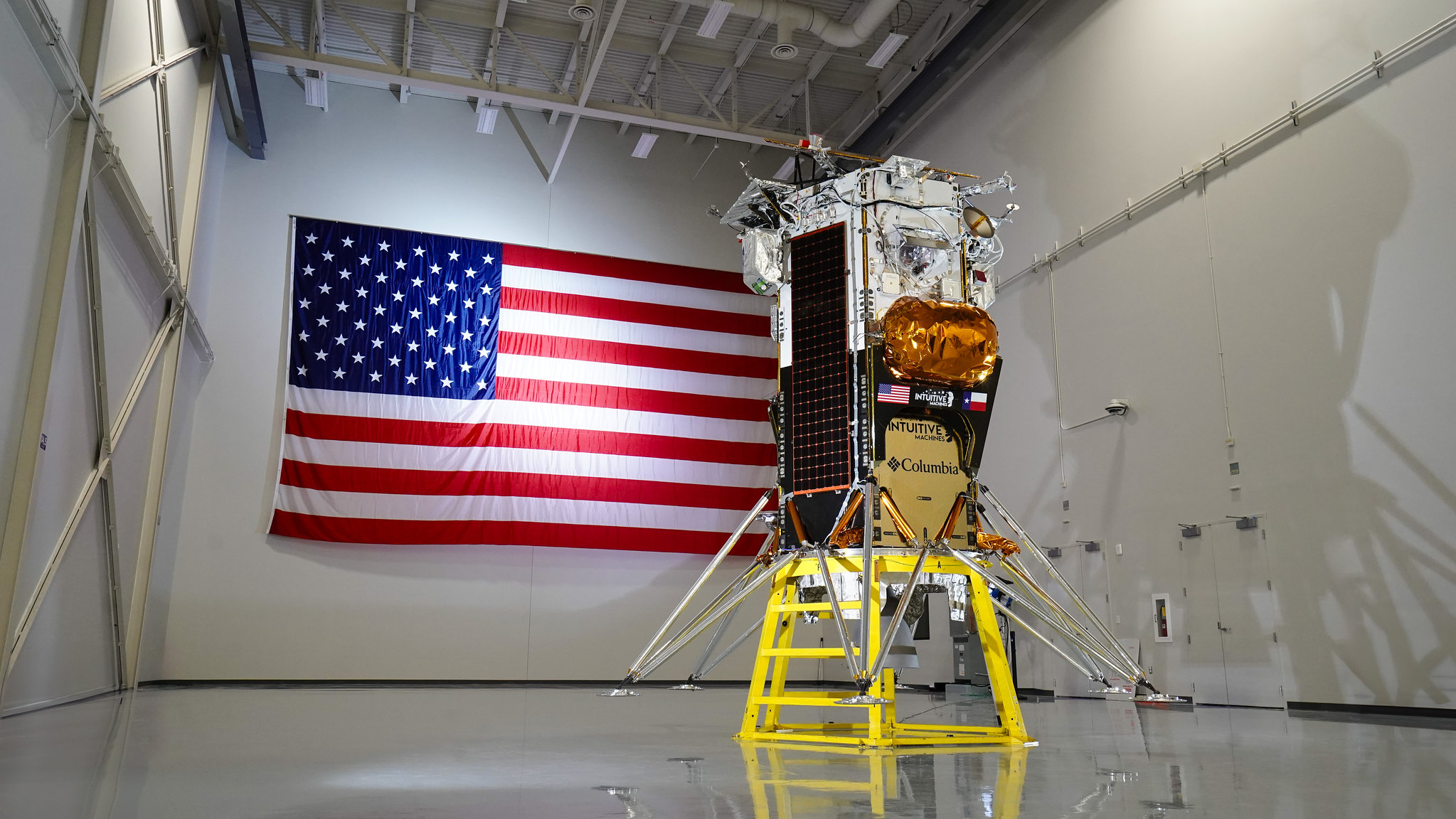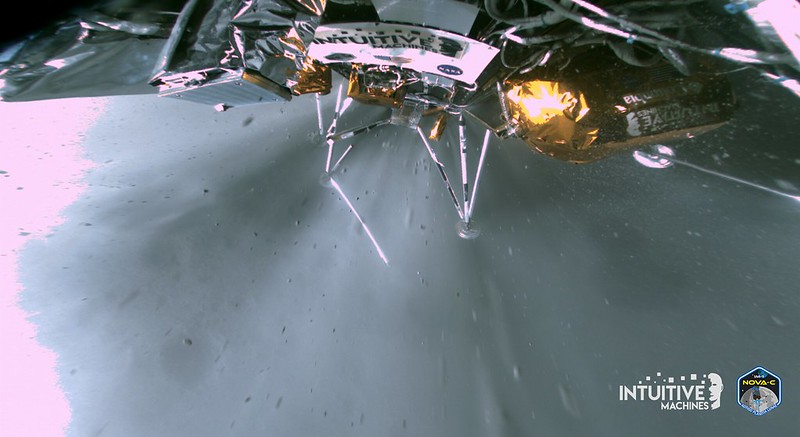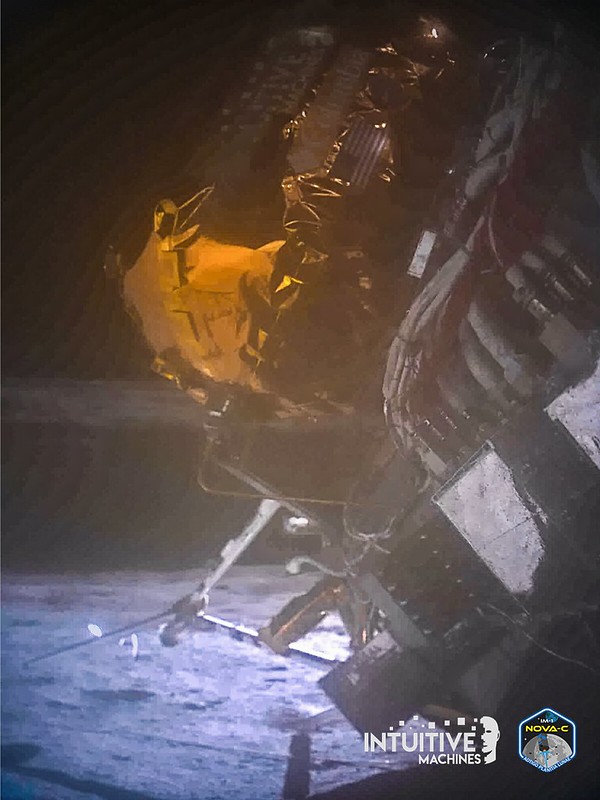NASA and Houston-based Intuitive Machines (IM) have held a press conference to reveal the first images of the moon from the Odysseus robot, despite its less than ideal lunar landing.
The Intuitive Machines mission to the moon, dubbed the IM-1 Mission, had on 22 February successfully landed the Odysseus lander on the moon surface.
That landing near the lunar south pole, marked the first time ever that a private organisation has successfully landed its hardware on the moon. It was also the first time since the Apollo 17 mission in 1972 that United States has landed hardware on the moon surface.

Image credit Intuitive Machines
Odysseus success
But the Odysseus landing on the moon last week was not without its problems, after the lander broke one of its legs upon landing.
This resulted in the robot lying on its side and thereby shortening its operational life due to the position of the solar panels. This position has also impeded its communications capabilities.
It was originally planned to be an eight day mission, but on day six the robot was still working, despite being on its side.
Odysseus is expected to go into hibernation on Thursday. The sun will return to the south pole region in mid March, at which time IM engineers will attempt to rewaken Odysseus.
On Wednesday both NASA and Intuitive Machines held a press conference, where they released the first images of the moon captured by Odysseus.
The first image clearly shows a broken support pole of the left landing strut as Odysseus landed on 22 February.
“The IM-1 Mission successfully landed the first spacecraft on the Moon’s south pole region, marking the United States’ first return since Apollo 17 and the first commercial lunar landing to transmit valuable science data of each NASA payload from the lunar surface,” said both NASA and IM. “In addition, the operation of the Company’s liquid methane and liquid oxygen propulsion system in deep space is flight-proven through successful mission operations.”
“Intuitive Machines achieved these marquee accomplishments in the company’s first attempt to land on the Moon,” they added. “The photos included provide some of the first photos of Odyssesus landing on the moon.”

Image credit Intuitive Machines
The second image clearly shows a view of the American mission lying to one side, having broken a leg on touchdown.

Image credit Intuitive Machines
NASA experiments
NASA had contracted Intuitive Machines to carry six scientific instruments on board the lander.
This south pole location is important, because NASA plans to set up one or more Artemis bases in the moon’s southern polar region, which is thought to harbour lots of water ice.
It was in October 2020 when NASA had officially confirmed for the first time, that water was found on the sunlit surface of the Moon.
But NASA is seeking to collect more data, so it can determine how much water there is, and how easy it is to access this vital resource for when a moon base is to be established on the lunar surface.
Commercial lunar attempts
A number of commercial organisations are planning or have already undertaken missions to the moon, but so far none of these private ventures have deemed to be successful, demonstrating the engineering complexity of the task.
Only government entities have (until now) successfully landed hardware on the moon.
Two other private moon landers had achieved a lunar orbit in recent years. In April 2019 an Israeli Beresheet probe crashed during its landing attempt.
Then in April 2023 Japanese startup ispace had attempted to ‘soft-land’ its M1 lunar lander on the moon, but it lost contact with its Hakuto-R Mission 1 (M1) lander, and later admitted that its moon lander had likely crashed.




